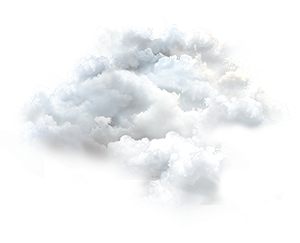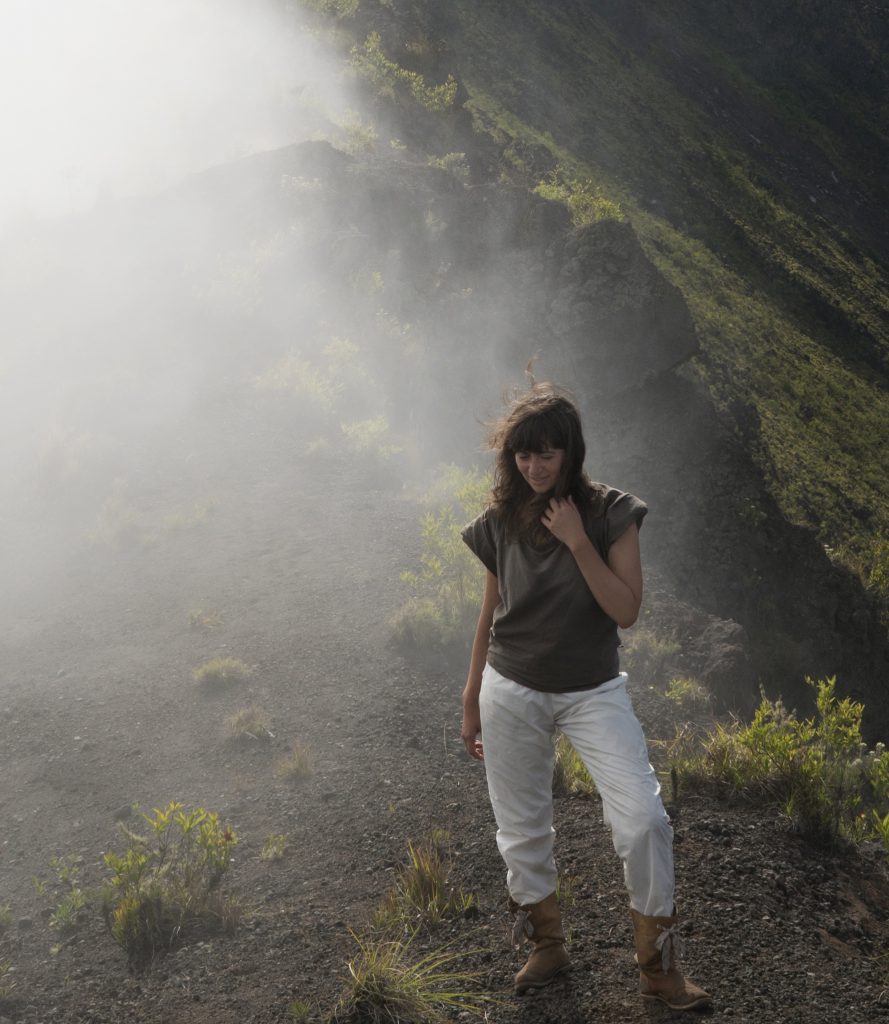The Royal Danish Academy of Fine Arts & ARKEN Museum of Modern Art 2021-2025
Anthropocene discourse collapses the distinction between nature and culture. Under its sign, the artistic gaze ranges beyond the gallery to treat the dominant planetary condition as authored or impacted by human activities. From rock strata to ice cores, wastelands to wilderness, we have come to understand the earth itself as an archive of inscriptions—as a collection to be studied, inventoried, conserved, or restored; to be acquired, exhibited, and perhaps de-accessioned. This perspective posits an expanded curatorial mandate beyond the walls of the museum: the earth as a total exhibition. The stakes of this mandate are high. Environmental imaginaries have material consequences, as images of ‘nature’ structure how we inhabit the world. In a moment where our environmental imaginaries are increasingly contested, this project examines how contemporary artistic practices occupy fraught conceptual and material territory. If the ancient concept of the museum as the ‘home of the muses’ is to be updated to our present times, we must follow the muses in their wandering beyond the gallery space, off-site, and into difficult terrain, as they inspire artists working with the detritus of modernity, in the great plastic garbage patches in the ocean, urban sewage treatment plants, burning forests, and oil palm plantations. Conversely, such an expanded curatorial mandate casts a critical gaze upon other forms of technê that seek to transform the earth—works of infrastructure, geoengineering, exclusion zones, shutdowns, blackouts and projects of rewilding. Rewilding, as a practice of environmental restoration, seeks to restore the functioning of ecosystems to a wild or natural state. The practice involves complex retrospective and prospective constructions of nature, involving varying degrees of human involvement. Without distinguishing between modes of artifice practiced by the arts and sciences, Rewilding the Museum examines how ‘environments’ are represented, mediated, and produced within and beyond the gallery today.
Pursuing the dialectics of grounding and ungrounding prominent in recent artistic practice and theory, the project is divided into three geographies:
- On Land tracks aesthetic and artistic engagements with the earth’s volatile crust: mining for rare minerals, volcanic eruptions, and stratigraphic inscriptions. It is here, on land, that the Anthropocene emerges as a concept within the geological sciences, and it is here that the museum’s foundations first register the shuddering of tectonic shifts. As the starting point for this project, this section enacts creative research methodologies such as walking seminars, excavations, and burial practices as models of intentionality in treading paths through the world as exhibition.
- In Air pursues conspiracies of containment and diffusion of atmospheres through artworks in wind tunnels, airlocks, smoke and fog; architectural strategies of climate control; and geoengineering proposals to moderate atmospheric chemistry and the course of climate change on a global scale. Focusing on the tension between climate models (offered by climatologists) and model climates (constructed by architects and artists), this part of the project explores the aesthetic consequences of pulling the air from the background into the foreground. When air can no longer be taken for granted it becomes visible. Air conditioning, no longer merely a means of preserving other artworks in the museum, becomes a site of artistic and curatorial intervention.
- At Sea trawls for deeper images of marine space informed by the immersion of bodies in liquid media. This section of the project addresses the oceanic turn in post-colonial studies and media theory, with significant implications for the contemporary visual and acoustic arts. Taking the oceanic turn to the shores of the museum—and ARKEN’s coastal geography specifically—the project tracks rising sea levels, melting ice, and artistic research performed through practices such as deep-sea diving, underwater imaging, oceanographic surveys and scientific collaborations.



